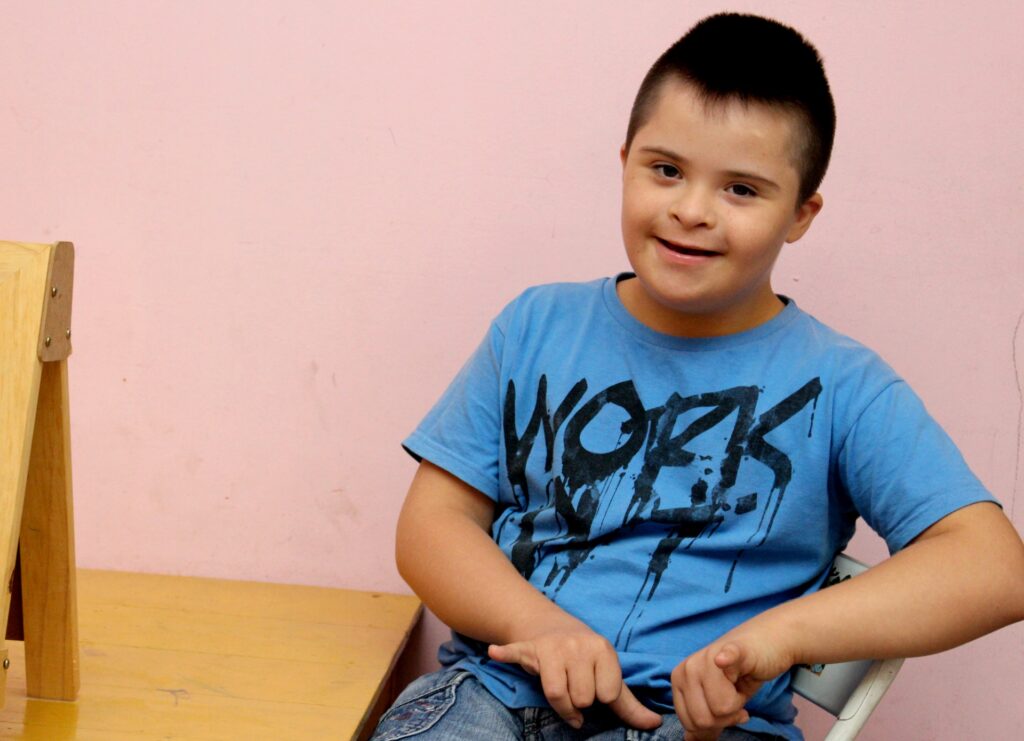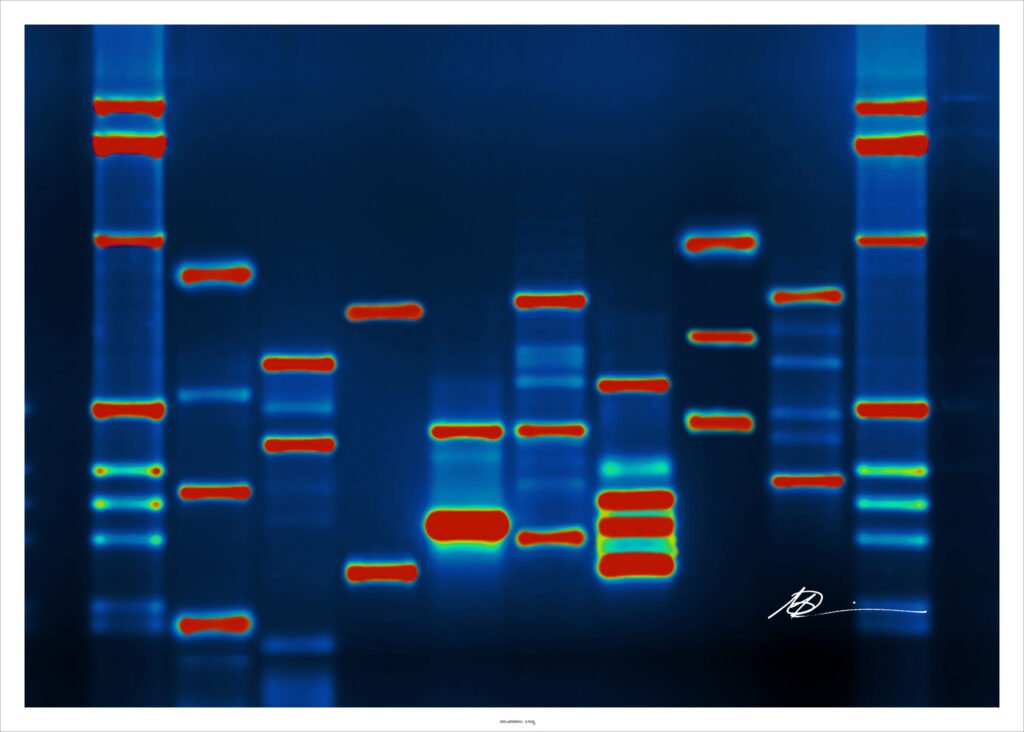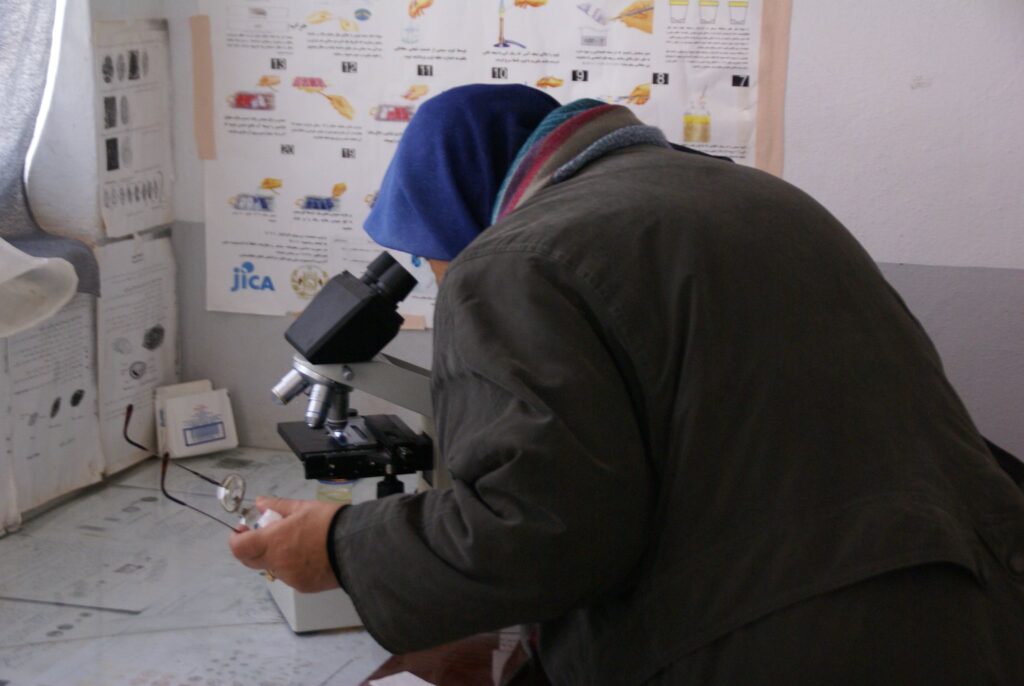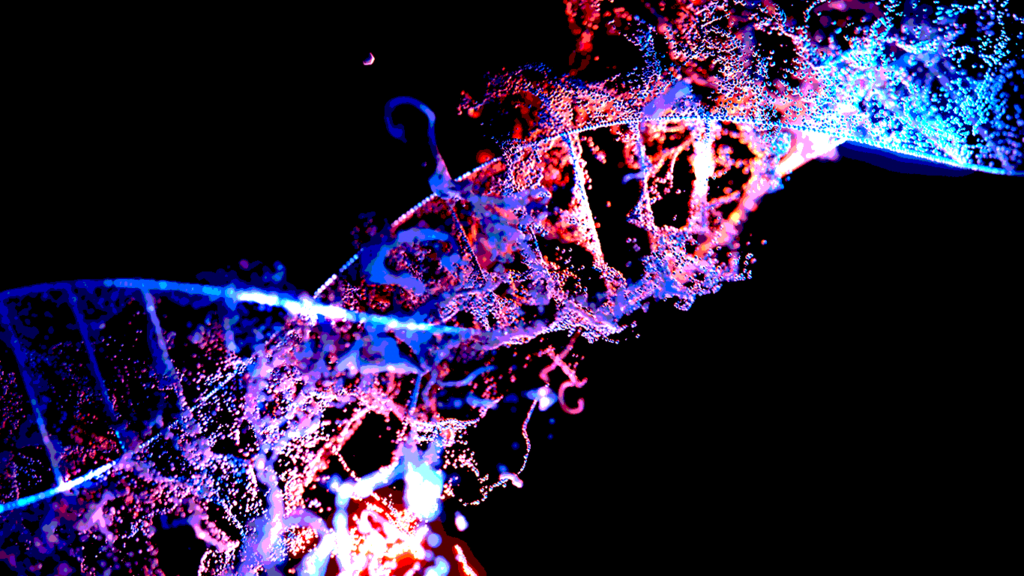With prenatal genetic screening now routine, it’s relevant to ask whether prospective parents or scientists understand enough about the results.
 Genetically, the signs of Down syndrome are the same, but people with it have widely varying levels of independence. : Carlos Palácio CC 0
Genetically, the signs of Down syndrome are the same, but people with it have widely varying levels of independence. : Carlos Palácio CC 0
With prenatal genetic screening now routine, it’s relevant to ask whether prospective parents or scientists understand enough about the results.
In the first half of her pregnancy, a woman in most developed countries will be offered prenatal genetic screening. The idea is that a sample of the woman’s blood will show whether or not her baby is at risk of Down syndrome or other potentially disabling conditions.
Depending on the condition, the overwhelming majority of women opt to terminate if testing shows the fetus has a high chance of having a genetically related disability.
Not everyone does choose to terminate. Some just want advance knowledge so they can prepare, emotionally and practically, to have a child with a significant medical condition or disability. If the condition requires special management during pregnancy, or if targeted early treatment is possible, this knowledge can also be clinically useful.
It was 70 years ago that scientists Watson and Crick published the structure of DNA, the molecule that makes up our genes. Although prenatal genetic screening and testing for genetic variants linked to disabling conditions has become routine, the ethical questions are still challenging. Meanwhile a new generation of testing technologies raises troubling new issues.
Prenatal genetic screening and testing is offered to people with a family history of genetic conditions, with the aim of enabling a woman or couple to choose whether and how to conceive, and whether to continue with a pregnancy where the fetus has a predisposition to a genetic condition. A positive screening result is often not definitive but must be confirmed with a more targeted genetic test.
Although in many parts of the world prenatal screening is offered in the public health system, testing is more often done privately. The commercially available options can today test for multiple genes at once and companies anticipate a future where they will test for thousands. It’s doubtful many women and couples would be able to make fully informed decisions about such a large number of conditions.
The commercial providers driving the expansion of prenatal genetic testing say it helps couples avoid having a child with a disabling condition. But this reinforces the idea there is a ‘normal’ set of genes most people have, and deviations from it cause disease and disability.
In reality, the story science tells about human genes is a more complex one of enormous diversity. No two humans are genetically identical — not even identical twins. Disabling conditions caused by differences in a single gene are relatively rare. And all of us have a range of genetic variations, often without any noticeable ill effects.
Genetic diversity is not just normal but essential for a species’ resilience in the face of a changing world – including the human species. It provides a reservoir of potential variants better able to cope with changing conditions such as pandemics, global warming or emerging diseases. Any population that doesn’t have extensive genetic diversity is in trouble, evolutionarily speaking. So it is vital to be clear where diversity becomes a degree of difference that is genuinely problematic.
That’s less straightforward than it seems. Seventy years on from Crick and Watson, we have a vast database of information about human genes. What we don’t have is a genuine understanding of what much of it means.
Only a small minority of genetic variants are well enough understood that their implications for a person’s life can be confidently predicted. More often the link is less clear and the impact difficult to foresee with any accuracy. Increasingly, genetic tests also pick up ‘variants of unknown significance’ – where clinicians have no idea whether a variant has any biological relevance at all.
It means potential parents can be offered more information but how much is actually useful to them in making decisions about their pregnancy is an open question.
On top of the biological uncertainty lies another layer of unknowns. What a genetic variation means for someone depends an enormous amount on the context of their life. Healthcare can make a big difference. People with cystic fibrosis who used to die in childhood now routinely live into their 50s. It is still a serious health condition but medical advances means their quality of life has significantly improved.
Social attitudes are also crucial. People with a disability are more visible and have more civil and legal rights than ever before, backed by legal instruments such as the UN Convention on the Rights of People with Disability. But many disability activists would argue these changes, while important, have not fundamentally altered attitudes towards disability.
Against this background, the availability of a test may mean a condition is too easily understood as something that must be selected against. Differences in bodies and behaviour, no matter how minor, may be automatically assumed to be unwanted.
The fact that prenatal screening has become routine is particularly relevant. Many pregnant women do not fully understand the tests they are offered, or the limitations of the results. (In fact some healthcare professionals also admit they are confused by rapidly changing practices and protocols.) Because it’s routine, women may agree to testing as ‘just what you do’ without being encouraged to think through all the implications.
Prenatal genetic (and other) testing is a valuable way to help women and families plan their lives; it does not inevitably lead to unjust disability discrimination. But the current pace of change, coupled with little understanding about the normality of genetic diversity and with deep ambivalence towards disability, raises legitimate concerns about the future.
Jackie Leach Scully is Professor of Bioethics and Director of the Disability Innovation Institute at UNSW. She is deaf and has been a disability rights activist for more than 30 years. She declares no conflict of interest.
Originally published under Creative Commons by 360info™.














